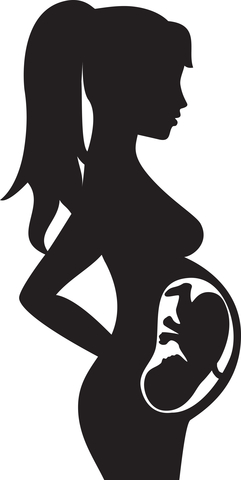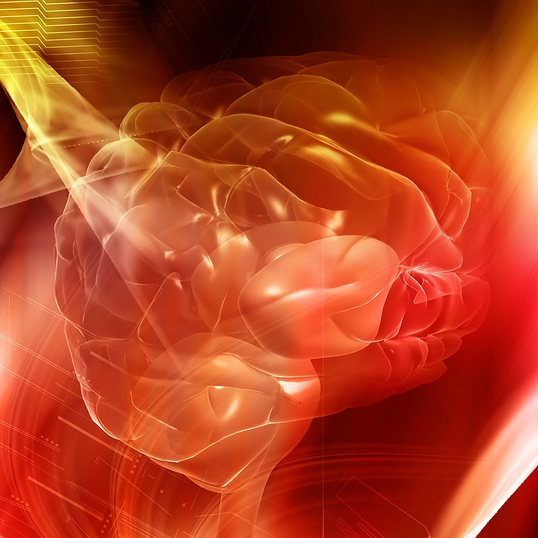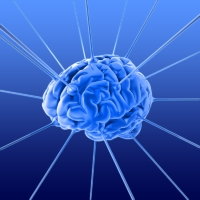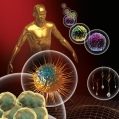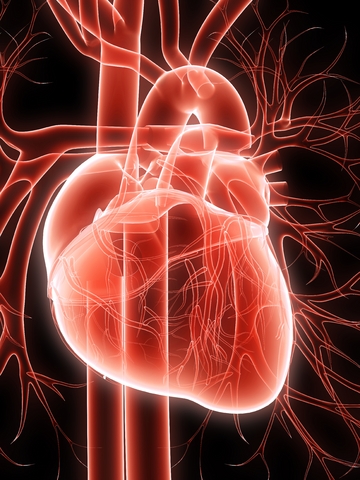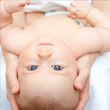
CST for Paediatrics 1 or CSP1
CranioSacral Therapy for Paediatrics 1 addresses the special application of CranioSacral Therapy, SomatoEmotional Release® and Energy Cyst release on newborns, infants and children. The course will take you on a playful journey through the differences in anatomy between babies, children and adult craniosacral systems and how, as a result, we adapt techniques appropriately.
Read More
You will learn how to engage and connect with children who are not neurotypical, and begin to get an understanding of the neurology behind unusual behaviours, neurological development and reflexes. You will practice feeling the CS rhythm and working on a moving target!
After gaining a better understanding of the birth process, there will be an opportunity for you to complete your biological process around your own birth, invaluable for learning how to hold a space for someone who has yet to resolve their own birth issues.
The development of a grounded therapeutic presence runs through the whole of this course, as it is even more important when working with babies, children and their families than when working with an adult. A child grows in a family, so family dynamics are addressed, as well as how, as a therapist, you can work with this and recognise what is happening.
There will be ample opportunity for supervised practice sessions with babies, children and their families on the third and fourth day of the course. By the end of the four days, you will have gained a good understanding of paediatric work, and confidence in working with children.
What you will learn on this course:
- Learn how early therapy on newborns and infants can possibly reduce the percentage of central nervous system problems
- Explore the developmental landmarks that occur month by month during and after gestation
- Practise working with infants and children in a supervised environment
- Discover a 10-step protocol you can perform to help evaluate a newborn
- Discuss ways to apply CST to children with learning disabilities, cerebral palsy, seizures or other health challenges
- Explore special topics, such as understanding the birth process and treating the pregnant mother and foetus along with the new mother and newborn, and working in a conventional obstetrical setting



